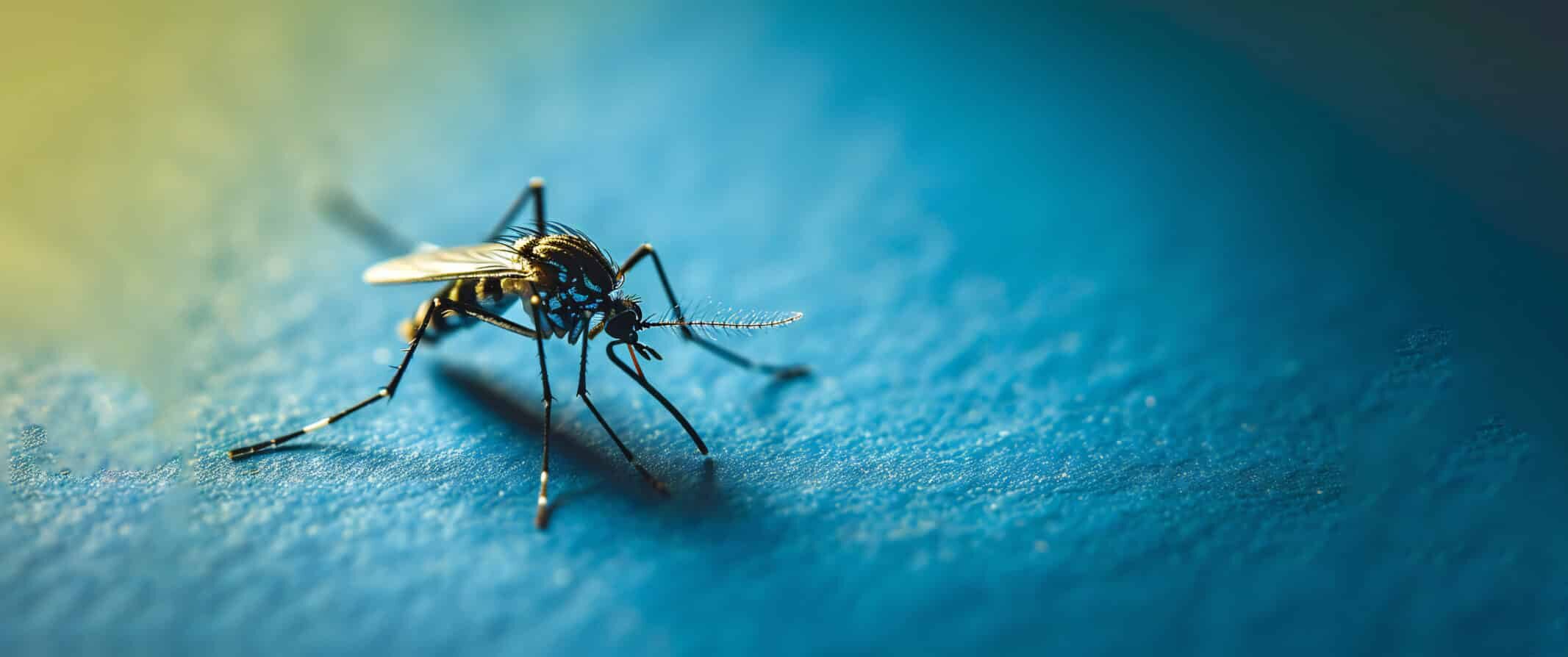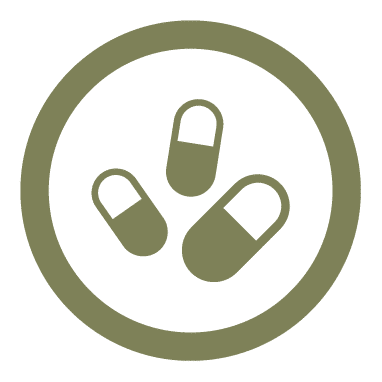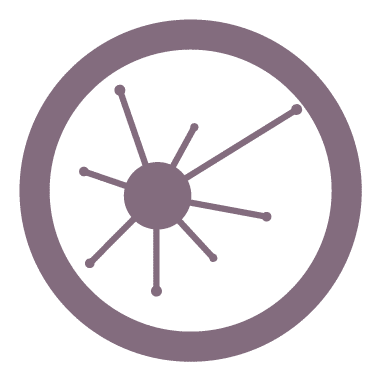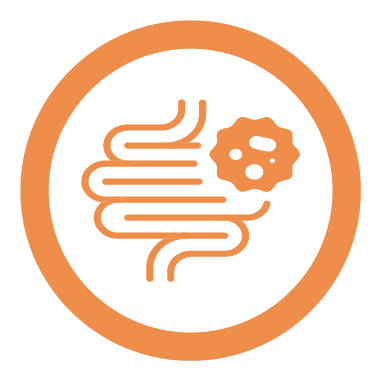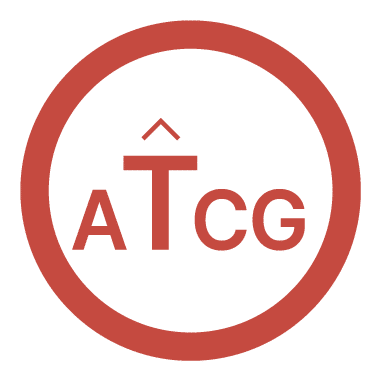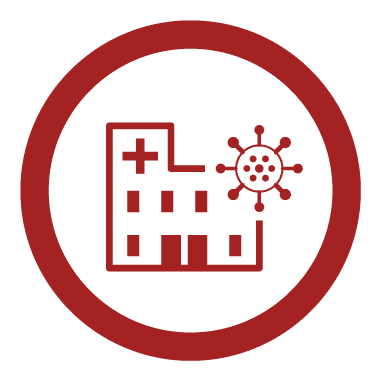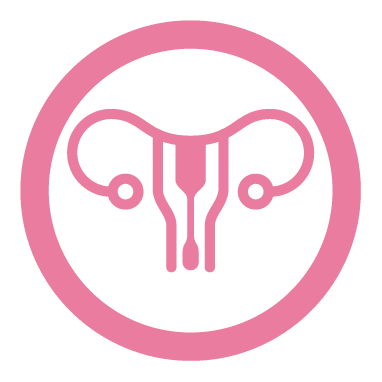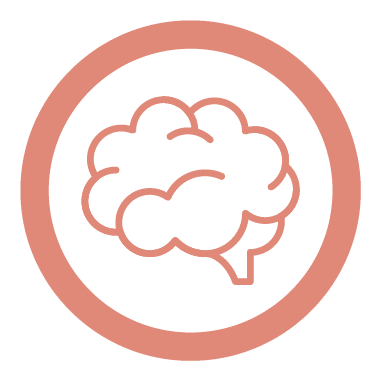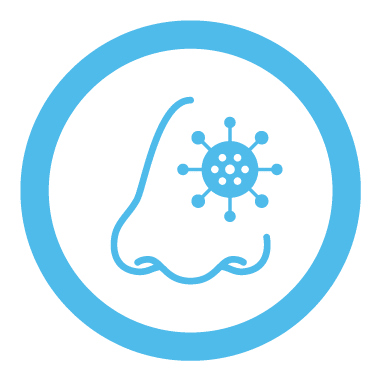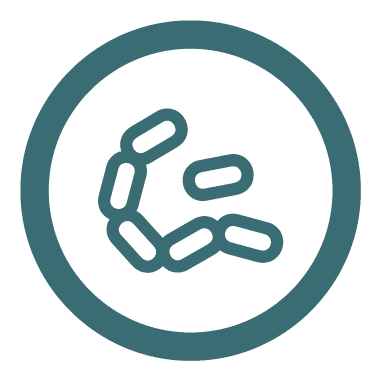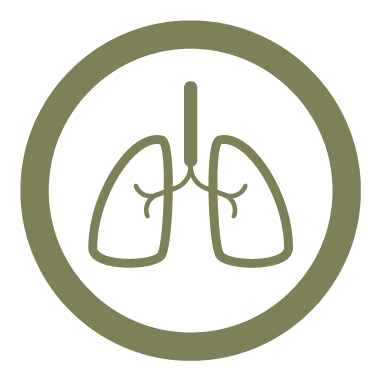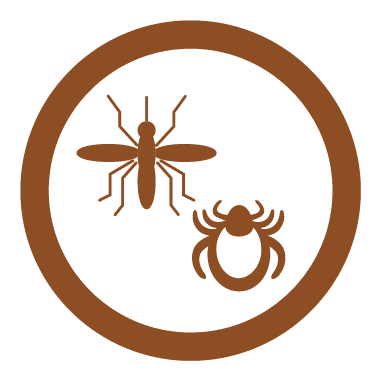One Sample,
Many Answers
Many Answers
Seegene’s solutions offer user friendly workflows for the laboratories and comprehensive molecular PCR results that enable fact-based research. Our technology makes it possible to detect hundreds of targets on a single platform.
Upcoming Event
May 6-9, 2024
MON
6
The APHL 2024 Annual Conference will be held May 6-9, 2024, in Milwaukee, WI.
The APHL 2024 Annual Conference
Infectious Diseases
High Multiplex PCR Products
Seegene provides molecular PCR products capable of detecting multiple targets simultaneously. Our high multiplex assays deliver comprehensive information using our proprietary technology that produces high multiplex results from a single channel in a PCR reaction.
News
A highlight of our latest news, press & blog

